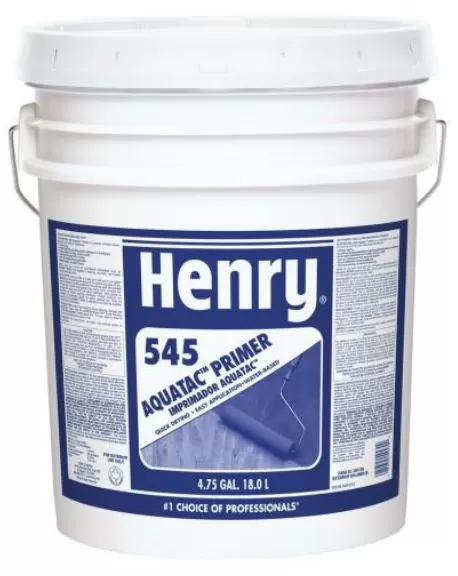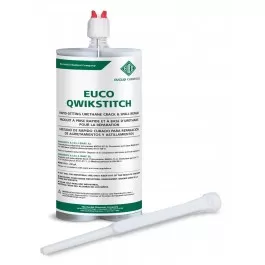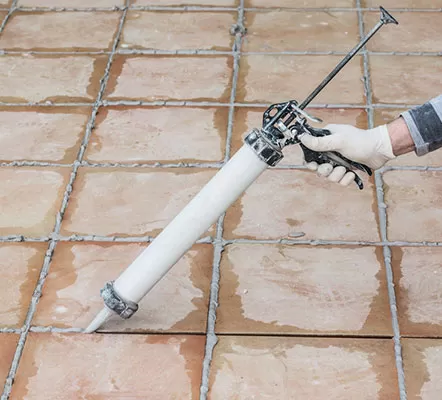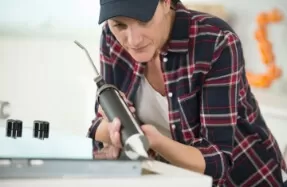Blog
A Step-By-Step Guide To Waterproofing Your Basement
Before you go all out in your basement waterproofing project, you need to first consider the different factors that may cause water to seep in. Most basements that are built underground are more prone to accumulating excess moisture that leads to water damage. If you are a beginner, here is a step-by-step guide to waterproofing a basement.
Reasons Causing a Wet Basement
- Basement windows, doors, window wells, and egress windows that are not properly secured for water seepage.
- Cracks in the foundation of the house that allow water to seep through floors and walls.
- Improper drainage as a result of a poor drainage system, sloping of your home, or clogged or improperly installed gutters. For sloping homes, water will run towards your home’s foundation and accumulate.
Waterproofing a Basement
The foundation of a home is said to be the strongest part. However, as it shifts and settles into the ground, cracks will naturally form and cause water to seep in which can result in a wet basement. These foundation cracks generally can be fixed with easy DIY waterproofing products. However, there may be instances whereby a professional waterproofer may be required to perform installation. Here, we will provide a guide for homeowners who wish to tackle their wet basement issue on their own.
Step 1: Cleaning the Area
Determine the areas that you need to waterproof and clear them of any dust and debris. Many waterproofing products only work if they are applied directly onto the surface without any additional coatings. You can remove old paint with a sandblaster or wire brush and old can be removed with a scraper. Always use protective gear to protect yourself from the tiny fragments. You also need to scrub the waterproofing area with a bit of soap and water or a little bleach if mold is seen. Rinse the area and let it dry before waterproofing.
If there are any holes in the waterproofing area, plug them in using a sealant. This will prevent water from seeping in even with pressure. Sealants usually set relatively quickly around several minutes. Smoothen out the sealant and wait for it to fully dry.
Fill out the cracks with a suitable filler or sealant.
For the windows, doors, and window wells, make use of caulk to seal them. It is recommended to get a flexible sealant that is both elastic and waterproof.
Step 5: Applying Waterproof Coat
After all the cracks and holes have been filled, apply the waterproof product on the surfaces of your basement. There is a large variety of waterproofing products which will provide the protection that your floors and walls need against water seepage and hydrostatic pressure. There are also different colors of waterproofing products you can choose from with white and gray for walls and different colors for the floors. Take a nylon bristle brush to apply the concrete sealer and make sure to work sealant into the pores of the masonry. At least two coats are needed for proper coverage and to get a good seal.




